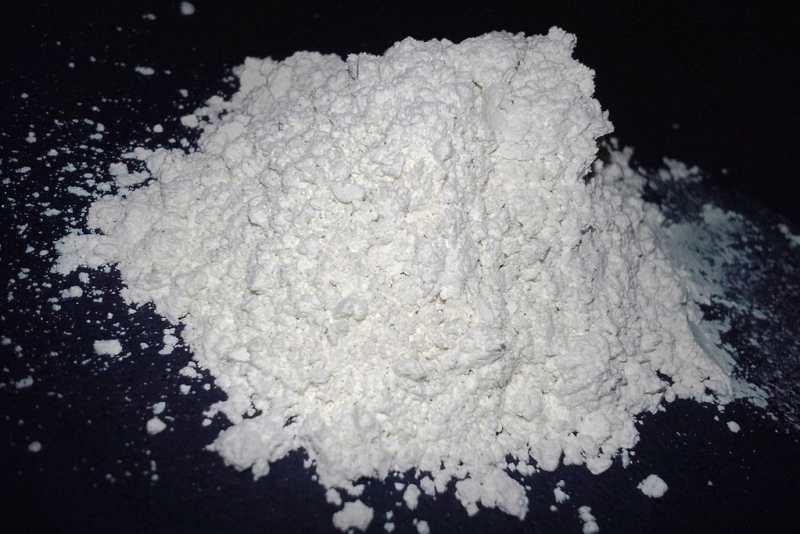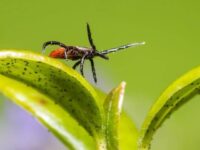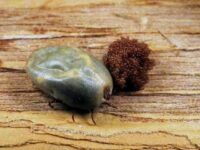Environmentally friendly methods of ecological pest control are becoming increasingly popular. Fleas, mites, bed bugs, lice, and ticks pose a health threat and need to be controlled. Diatomaceous earth is an effective alternative to chemical agents and can be used as a natural pest control method, for a more sustainable and healthier lifestyle without chemicals that cause long-term irreparable damage to the environment and our health.
Does Diatomaceous Earth Kill Ticks And Other Pests
Diatomaceous earth is effective against all sorts of critters and skin parasites. It kills ticks, fleas, lice, mites, roaches, silverfish, weevils, bed bugs, roaches, thrips, woodlice, ants, snails, and many more.
How To Use Diatomaceous Earth In Yard And House
Diatomaceous earth (DE) is a chemical-free alternative for the control of numerous insect pests in your yard. It is applied in its powdered form or sometimes dissolved in water, for use in the garden, at home, in living rooms or in basements, storage rooms, and stables.
Diatomaceous earth is spread as a thin layer on the ground, for example along the preferred paths of ants, or can be dusted directly on vermin nests.
Garden plants, balcony plants, potted plants, and plants in the garden that are affected by mites, thrips, or aphids can be treated. Simply dust the affected area with DE.
Sleeping places of pets, small animal cages, and carpets can also be dusted with diatomaceous earth to keep them free of vermin.
Veterinarians also recommend dusting the fur of pets infested with fleas or ticks to kill the parasites quickly and efficiently.
In order to ensure that all pests and also subsequent generations that have not yet hatched are eliminated, it is recommended that the process be repeated after a while, if necessary.
No products found.
What is Diatomaceous Earth
Diatomaceous earth (DE) also called Diatomite, is a sedimentary rock deposit formed from the fossilized shells of Diatoms. Diatoms are microalgae that have been around for the last 200 Million years. The cell wall of diatoms is made of Biogenic silica (a non-crystalline Silicon dioxide – a kind of glass-like stuff). These microalgae are still very common today and are found in the oceans, waterways, and soils of the world where they make up an estimated 50 percent of the living biomass on earth.
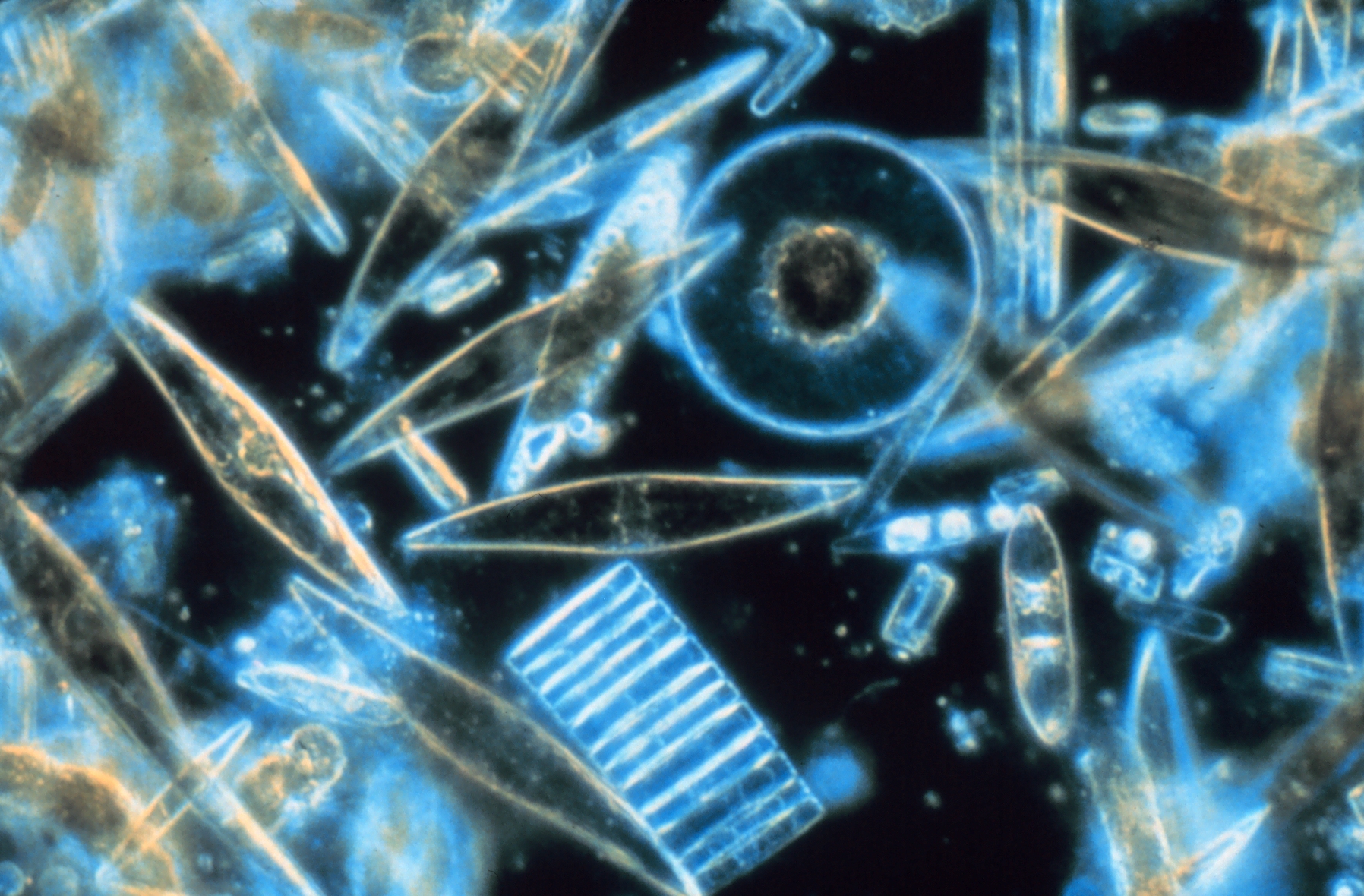
What is Diatomaceous Earth made of?
When diatoms die, they sink to the bottom of the ocean or lakes. Over millennia their shells which are made of silicon dioxide form thick layers of sediment. It appears as a fine white or greyish powder called diatomaceous earth. One milligram of this sand-like powder contains the shells of about one billion diatoms.
The difference between Food Grade DE and Filter Grade DE
There are two common forms of Diatomite: Food Grade and Filter Grade (also called Pool Grade).
Both forms of DE consist of silica. In its pure form, as it is mined, DE has an amorph (non-crystalline) structure and considered safe for humans. Filter grade DE has been heated to turn the non-crystalline silica into crystalline silica. The crystalline form is great for industrial uses like catalysts, filters, and a number of other applications but not for home use.
Food grade diatomaceous earth is considered safe to use around the house and in the garden. Filter/Pool grade DE must not be used around the home and garden.
Only use Food Grade Diatomaceous Earth!
Properties
The tiny exoskeletons of the diatoms are extremely porous. They absorb fats and liquids like a sponge. Diatomaceous earth has excellent filter properties and is inert. These properties and the sharp edges of the microscopic glass-like granules make diatomaceous earth a natural biocide that is valued as an environmentally friendly and non-toxic means of pest control.
How does diatomaceous earth kill ticks and bugs?
In comparison to conventional insecticides, diatomaceous earth does not act chemically, but physically. This means without toxic chemical compounds that interfere with the metabolism but through a purely mechanical effect. Examples of mechanical effects are crushing, flattening, freezing, trapping, …
When seen under the microscope, Diatomite resembles microscopic broken glass shards, these tiny granules destroy the exoskeleton of certain insects and spider species. Razor-sharp edges that are invisible to our eyes tear open the protective chitinous exoskeleton of creeping insects and arachnids so that the liquid and fat absorbing properties of diatomaceous earth absorb the protective waxy layer that protects the critter. Without the protective lipid layer, the insect pest loses water, dries out, and dies within a short time.
On top of that, the microscopic particles penetrate the joints spaces of the small crawlers and damage the locomotion mechanism and immobilize the vermin.
As a naturally occurring mineral, DE can be used again and again, insects do not develop a resistance to it.
What are the advantages of diatomaceous earth?
Since diatomite acts purely mechanically, it has several advantages:
- As a naturally occurring product in the environment, it is also environmentally friendly in that it does not release any new chemicals into the environment.
- No side effects: Thanks to its mechanical, non-chemical effect, diatomaceous earth has no side effects for humans or animals.
- Long-term use: For the same reason, diatomaceous earth can be used again and again, because unlike chemical products, insects and vermin do not develop resistance to it.
- Broadly applicable: farm animals and bees are also not affected. Diatomaceous earth can be safely used in apartments, houses, stables, and gardens.
Although DE is considered harmless to your health, it is an extremely fine-grained powder and can be very dusty when used. Any kind of dust particles, if inhaled can irritate the respiratory tract and cause long-term lung damage. Take care to avoid inhalation and wear respiratory protection when using.
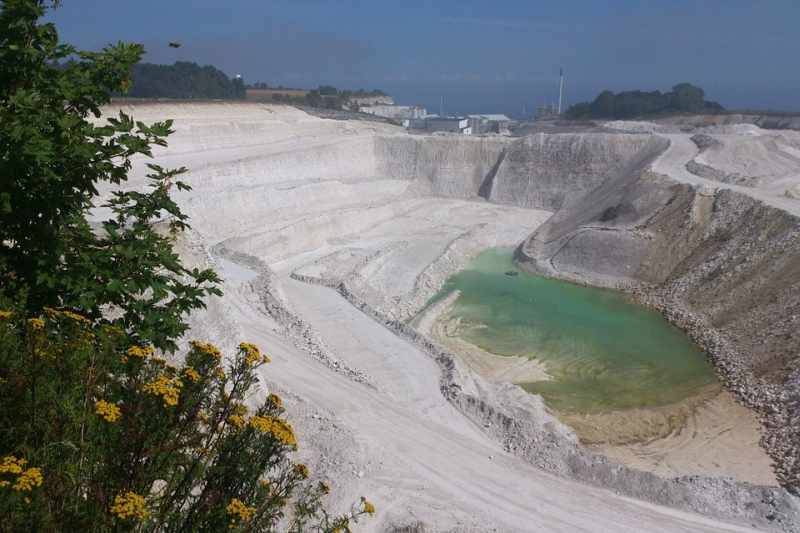
Is diatomaceous earth environmentally friendly?
DE is a naturally occurring sedimentary rock found in large deposits worldwide. It can be used around the house, in the yard, and in the garden without any problems. It has no toxic effects on the environment.
Is Diatomaceous earth toxic?
Diatomaceous earth is classified as a natural biocide. In principle, all chemicals, substances, and microorganisms that can be used to control pests are referred to as biocides. This classification is still controversial because DE only works mechanically and not chemically.
Natural diatomite consisting of amorphous silicon dioxide is inert, it does not react chemically with other substances and does not form any chemical compounds. It is non-toxic.
More applications
DE is incredibly versatile in applications and one of the world’s most used minerals. Its properties make it an indispensable substance for hundreds of uses from industrial, medicinal, agricultural, construction, road works, etc.
Examples are
- In tooths paste as an abrasives
- Additive in cleaning agents and stain removers
- Carriers for fertilizers, biocides, insecticides, and catalysts
- Additives to increase weather resistance of road tar seal
- Prevents colors pigments in paints from falling out
- Cement additive makes concrete processing easier
- Anti cacking agent
- As oil binders
- A filter medium for water and beverages
- Filler in thermal insulation
Safety
Diatomaceous earth is completely harmless to humans and pets when used properly. Skin contact is not dangerous, it can easily be washed off with water. Avoid contact with the eyes or mucous membranes. Do not inhale the powder and always keep it out of the reach of children. Always read instructions and use only as recommended!
Using DE is just one of many precautions you can take around your home to reduce the number of ticks and protect your family from the risk of tick-transmitted diseases. It is essential not to neglect other measures, such as the use of personal tick repellents and defensive methods to keep parasites away from your pets.
Sources and more to read:
